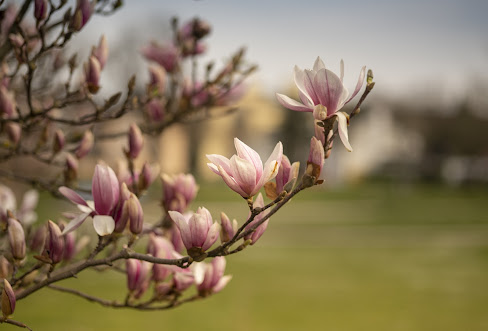Gardening is one of those quiet and rewarding activities that people enjoy in childhood, adulthood, and old age. It is not a way to pass the time. But it’s a way to care for the space around you and to bring life and beauty into your home. Are you also a die-hard fan of gardening?
 |
| red robin shrub for garden |
In this blog, we will try to answer the common question of newbie gardeners– will red robins thrive in my garden, and if they won’t, what are their other options? So, keep reading this write-up until the end!
Is Red Robin Good for Your Garden?
Red Robin is a strong and beautiful shrub. It is known for its bright red new leaves that turn deep green later, giving color and life to your garden throughout the year. And if you are looking for a shrub that brings beauty and order to your garden, Red Robin is worth considering.
One of the main reasons people like Red Robin is that it grows quickly and thickly. It is also evergreen, meaning it keeps its leaves through winter, which means no bare look when the colder months come. In a traditional garden, where strong lines and year-round structure are valued, Red Robin fits very well.
However, this shrub comes with its own challenges that you must be ready to handle. Here are the challenges you may face while growing Red Robin in your garden:
It needs regular pruning to keep its shape neat.
You can’t let it grow wild. Otherwise, it will look large and messy.
Like many other plants, Red Robin also suffers from certain diseases.
Additionally, Red Robin requires specific environmental conditions to grow well. If it is not provided with the same, you cannot expect it to thrive. Here are the climate conditions Red Robin requires to thrive:
Mild Climates
Well-drained soil
Full Sun to Light Shade
Now that you know about the challenges and the climate conditions required to grow Red Robin, you can easily decide whether to grow Red Robin in your garden. If you can easily handle all these challenges and have the right climate in your garden, Red Robin is the perfect choice for you.
How to Care for Red Robin
If you have decided to grow Red Robin in your garden and have little to no experience in gardening, here is information on how to care for Red Robin:
Choose the right spot for Red Robin in your garden. The place you choose must get full sun or light shade, as it will help grow this shrub more thickly and show a better red color.
Red Robin loves well-drained, rich, and healthy soil. It will not grow if you make it sit in water, so make sure the soil drains quickly. If your soil is heavy clay or too sandy, mix it with compost or other organic matter.
When your Red Robin is still young or newly planted, water it regularly to help it settle in your garden. Once established in your garden, this shrub can handle dry spells quite well. During hot or dry periods, give it a good deep watering, but do not water too often.
Pruning is a must if you plant Red Robin in your garden. In spring and summer, after the red leaves appear, you can lightly trim the plant to keep it in shape and encourage fresh red growth.
For more information on growing Red Robin or garden landscaping in Newbury, contact a professional landscaping expert.
On the Final Note
Red Robin (Photinia x fraseri) is a beautiful shrub to grow in your home garden. It can make your garden colorful and help you attract beautiful birds. You can grow this plant in your garden if the soil is well-drained, your garden gets full sun to light shade, and your region has a mild climate. All the tips for caring for Red Robin are above. Contact a local landscaper in Reading for more information on growing Red Robins in your garden. Stay tuned for more such landscaping and gardening articles!
Read Also - Landscaping Trends 2025
FAQs
Q. What is the lifespan of Photinia Red Robin?
Red Robin can live for 15 to 20 years or more with proper care.
Q. How often should you water a newly planted Red Robin?
Water it deeply once or twice a week until it is well established.
Q. What kills Red Robin shrubs?
Poor drainage, fungal leaf spot, overwatering, or harsh cold can kill Red Robin shrubs.
Q. How can you make a Red Robin bushy?
Prune it lightly in spring and summer to encourage thick, fresh growth.


.png)






